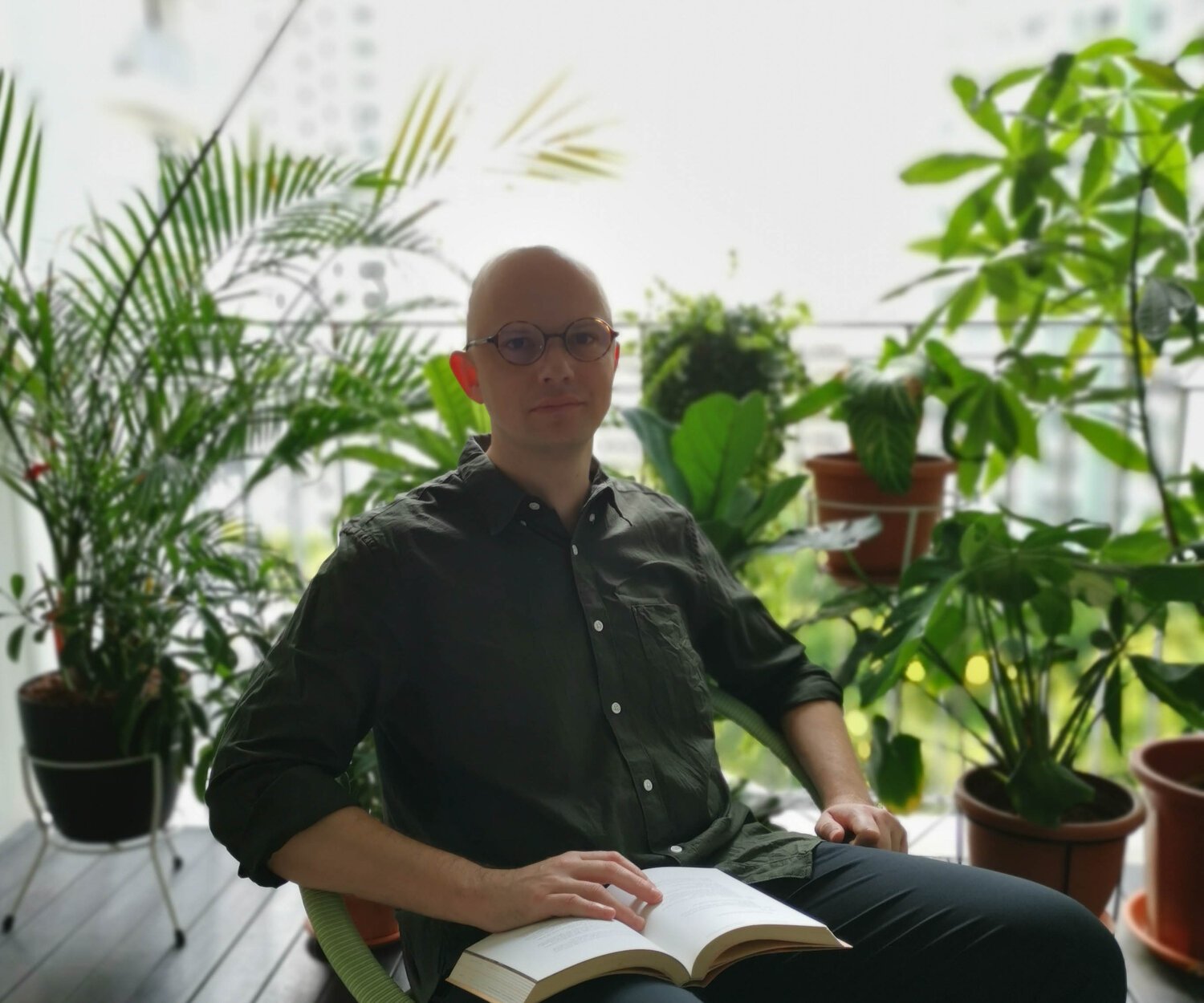Interview with Niio Co-founder Rob Anders
Building business models and solutions for digital art
By Ian Tee
Davide Quayola, 'Jardins d’Été No. 2' (installation view), 2016, 4K video, 45 min loop, Edition of 6 + 1 AP. Image courtesy of bitforms gallery, New York.
Founded in Tel Aviv by Rob Anders and Oren Moshe, Niio is a technology startup designed to be an entire ecosystem for the new media art market. This encompasses the management, distribution and display of digital works powered by new tools such a custom cloud storage system for delivery and blockchain accreditation. More an enabler than disruptor, the platform serves artists, curators, galleries and collectors by advancing more options for content to be discovered, presented and acquired.
A&M speaks with CEO and co-founder Rob Anders to find out how Niio positions itself in the digital art market.
How did you and Oren Moshe come to start Niio and what was the development process like?
At the time Oren was an art academic and lecturer at Bezalel Art School, as well as a leading product UX expert. He saw first-hand how younger artists were moving towards the digital medium, however, there weren’t tools in place to manage, store, distribute or display this. In contrast, I came from a background in scaling hi-tech companies and working within display technology.
We were both curious about how challenging this process was, despite a clear artistic appreciation for the works created by simply looking at the increasing number of videos shown at the Venice Biennale, Turner Prize and Art Basel. From our initial idea, we then spoke to over 200 art professionals to understand their challenges and developed Niio to become the first ecosystem that brings all the management tools needed to enable new media art to thrive.
One of the solutions Niio provides deals with the preservation and updating of digital files. Can this technology be extended to conserve video artworks that run on obsolete formats?
We don’t digitise files, but there are many companies that can transfer old formats to digital, and it is relatively simple to do yourself with the right equipment. Once the file is digitised then Niio can offer its complete set of tools and management models.
Niio and Sino Group have collaborated to launch the inaugural Sino x Niio Illumination Art Prize. Winning artworks will be displayed on two of the world’s most prominent screens: harbour facing facades of Tsim Sha Tsui Centre and Empire Centre buildings in Hong Kong. Image courtesy of Sino Group.
There is also a channel to monetise and distribute digital content in the Niio eco-system. What has the response been like from art galleries and dealers?
Great. This medium is a challenging one to work with, and galleries are increasingly using global platforms to connect to their audiences, such as Instagram, for example. Specific to the digital art market, Niio gives them both exposure to a global audience and all the tools to enable the medium. Additionally, galleries are in complete control as they keep their own identities on the platform.
We also support flexible business models, from the traditional selling of limited edition works – but with greater security for both the artist and the buyer through using blockchain and accreditation methods to ensure provenance – and by introducing new revenue opportunities with galleries and artists to create sustainable income models such as renting their works, and offering users a subscription-based approach to curated bodies of work.
Do you think that new media works present a shift in notions of rights, ownership, and ways of supporting or collecting art?
Niio removes many of the obstacles that have restricted the medium for traditional collection while expanding the market through new models mentioned above to ensure we can support traditional collectors as they move to experience this important medium.
Lastly, are there any upcoming plans or projects you could share?
We’re powering major events with our collaborating artists and galleries, as well as commercial ventures with developers and workspaces to allow more people to experience premium new media art. For example, we have Quayola’s solo show in Korea and a large public installation in Hong Kong harbour organised as part of the Sino x Niio Illumination Prize 2018/19. We also have major activations coming up for Art Basel Hong Kong and are expanding our Asia offering by engaging with more artists in the region and collaborating with partners.















